
The years that immediately followed 1968—with the political and social implications that ’68 epitomized for western countries and beyond—were equally transformative for Japanese photographers.
1968 is dubbed “year zero” in contemporary Japanese art, as photographers and artists began seeking new ways to better convey the significant cultural evolution that was underway, and the camera became a crucial and versatile tool for the overlap and blending of photography and art.
“Many photographers started questioning what was the duty, what was the mission for them to reflect the society which changed radically in the ‘60s,” says Yasufumi Nakamori, associate curator of photography at the Houston Museum of Fine Arts, who produced the exhibition For a New World to Come: Experiments in Japanese Art and Photography, 1968-1979, the first major show devoted to the radical transition in Japanese visual culture.
As art and photography merged into new forms of expressions, artists brought the camera into their craft and photographers began to shy away from a stark journalistic approach, treating their work as pieces of art. Sculptor Hitoshi Nomura documented his walk in a Kyoto suburb with 34 time-stamped photos in Time on a Curved Line, introducing the camera as a creative tool; avant-garde photographer Takuma Nakahira presented in Overflow a massive collage of 48 color shots that chronicled his wandering in Tokyo, a large-scale installation that illustrated the transition from the documentary purpose of photography to a performative act.
“There has been a sort of tension between photography as document and photography as expression,” Nakamori tells TIME, a tension that was resolved by the attempt to break photography free from conventional methodology and find a new aesthetic. “We really view 1968, 1969 and 1970, those three years as paradigm shift years,” Nakamori adds.
Instrumental to this evolution were small-scale handmade photo journals, such as the pioneering Provoke: Provocative Materials for Thought by artists Nakahira, Koji Taki, Yutaka Takanashi, Daidō Moriyama and critic Takahiko Okada, a collective that deconstructed the modern idea of photography to generate a more contemporary aesthetic. Monthly magazines Camera Mainichi and Asahi Camera were also instrumental in the transition, as was the massive photo retrospective Photography 100 Years: A History of Photographic Expressions of the Japanese.
The crossover infused art and photography with previously unforeseen possibilities: Sculptor Masafumi Maita photographed flickers of light glimmering across different surfaces; street photographer Masao Mochizuki explored the media culture, capturing images from a TV screen. Gigantic photo collages and juxtapositions of materials—some of which were shown at the controversial Expo ’70 in Osaka—gave rise to a new visual discourse echoing the complexities of the time without fully abandoning photography’s critical drive. In the crucial debate between reproduction and appropriation, some photographers such as Hiroshi Yamazaki even used Xerox machines—the ultimate act of debasement for traditionalists–as a new way of representing reality: Placing the lens on the flatbed of the device, gazing through the inner mirrors’ reflections, Yamazaki captured and printed Xerox copies of the outside world.
For a New World to Come: Experiments in Japanese Art and Photography, 1968-1979, published by the Museum of Fine Arts, Houston, and distributed by Yale University Press, is on view at the Grey Art Gallery, New York University until Dec. 5, 2015 and at the Japanese Society Gallery from Oct. 8, 2015 to Jan. 11, 2016.
Paul Moakley, who edited this photo essay, is TIME’s Deputy Director of Photography and Visual Enterprise.
Lucia De Stefani is a writer and contributor for TIME LightBox. Follow her on Twitter and Instagram.
Follow TIME LightBox on Facebook, Twitter and Instagram.

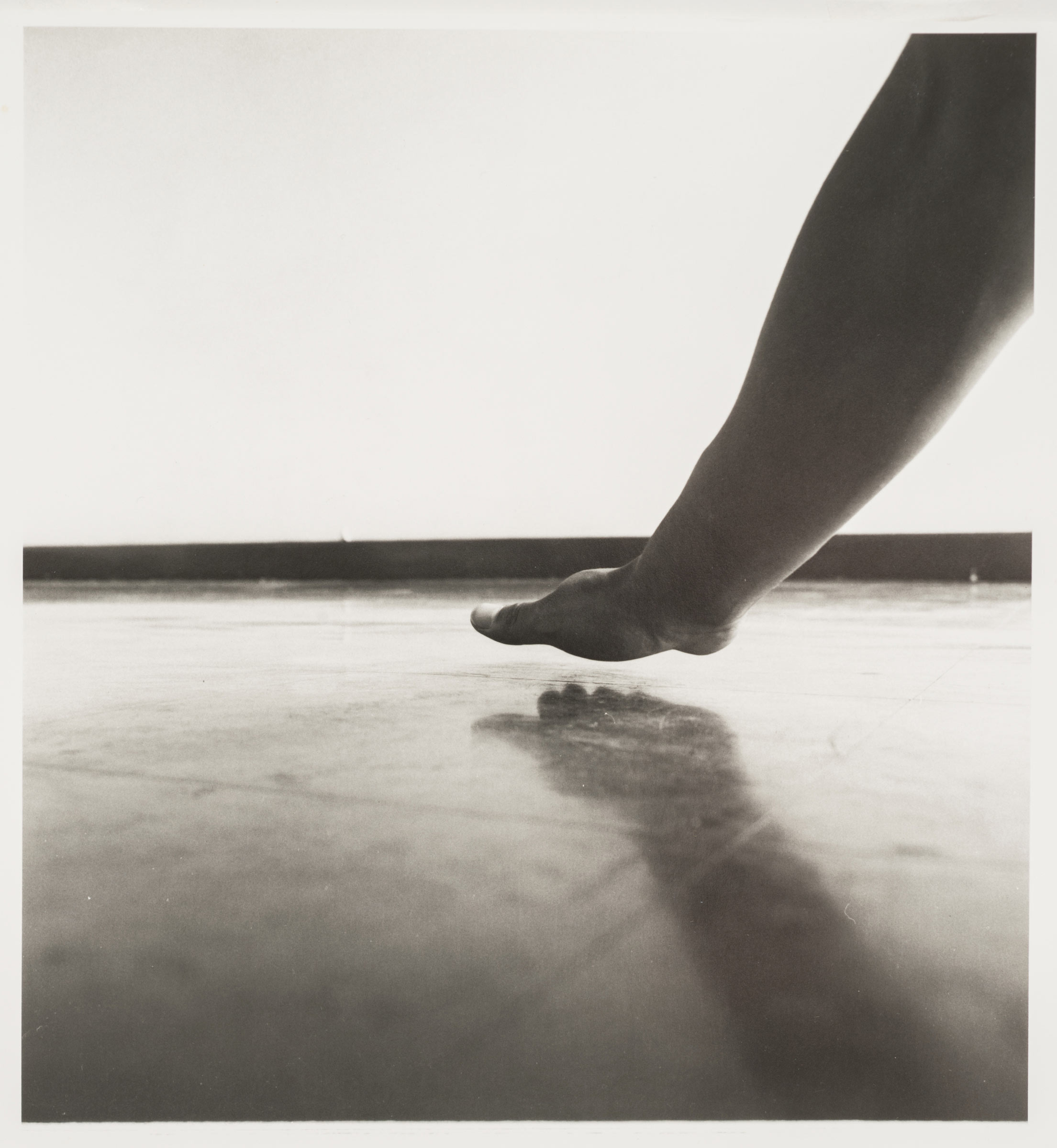



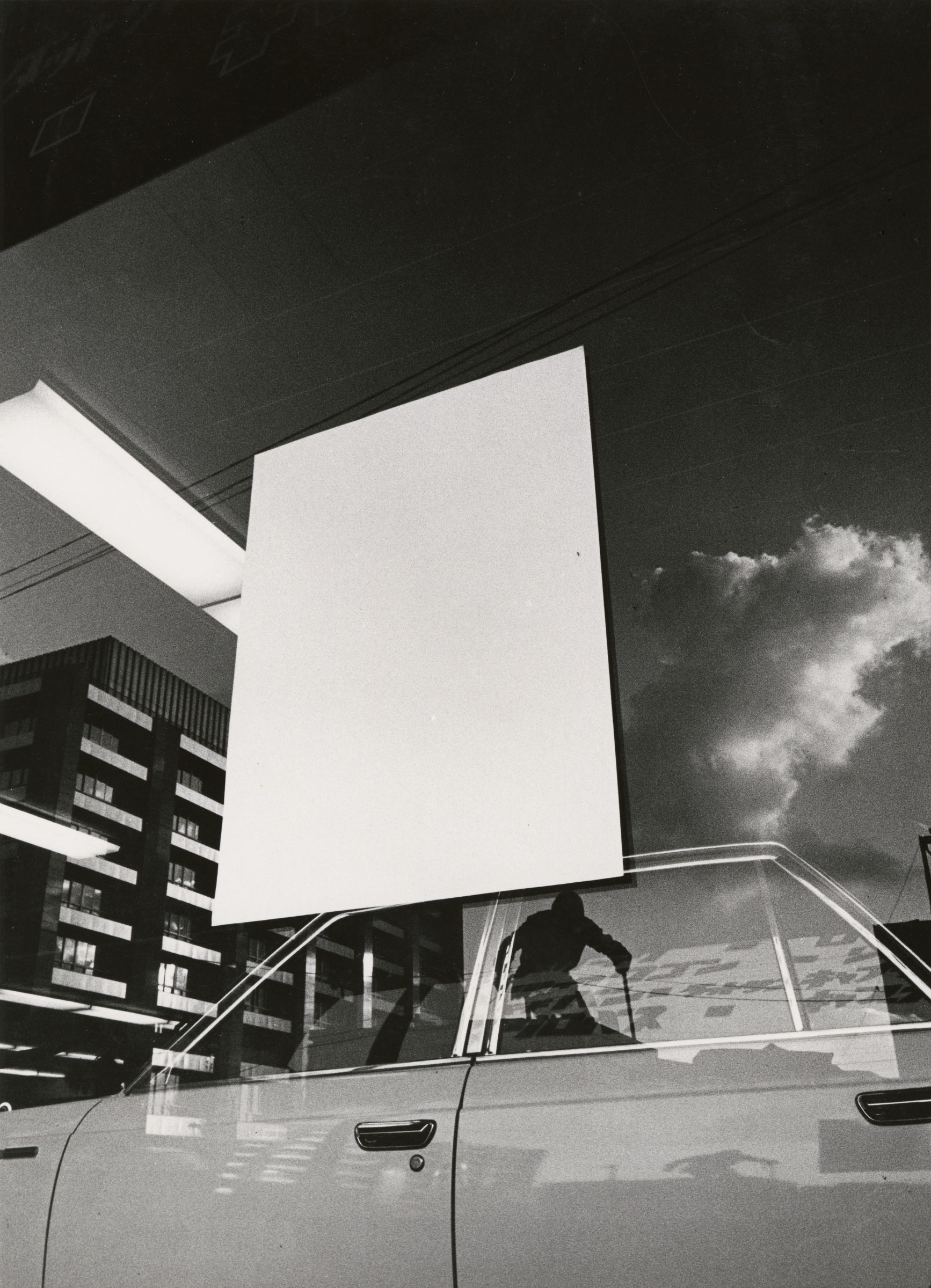

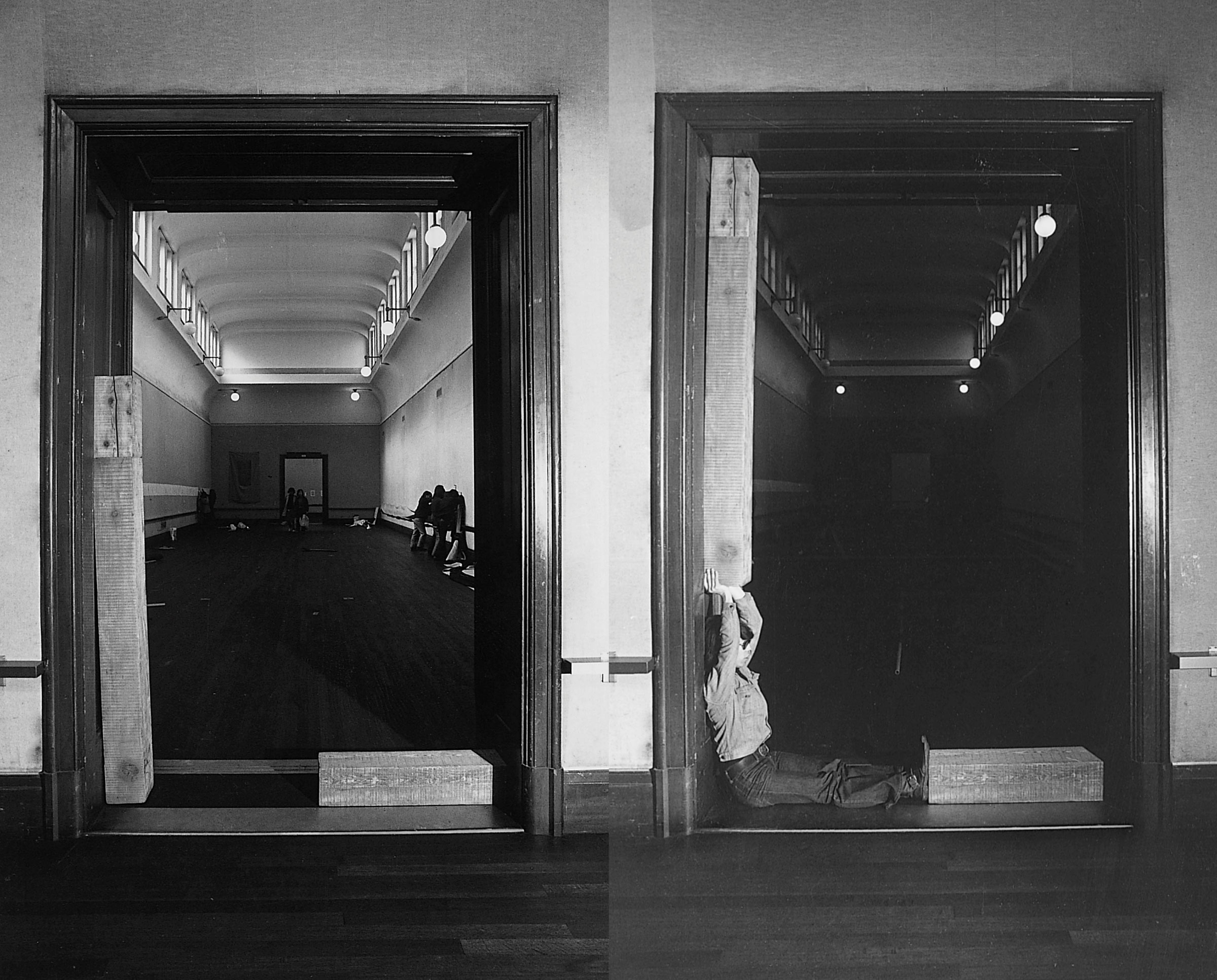
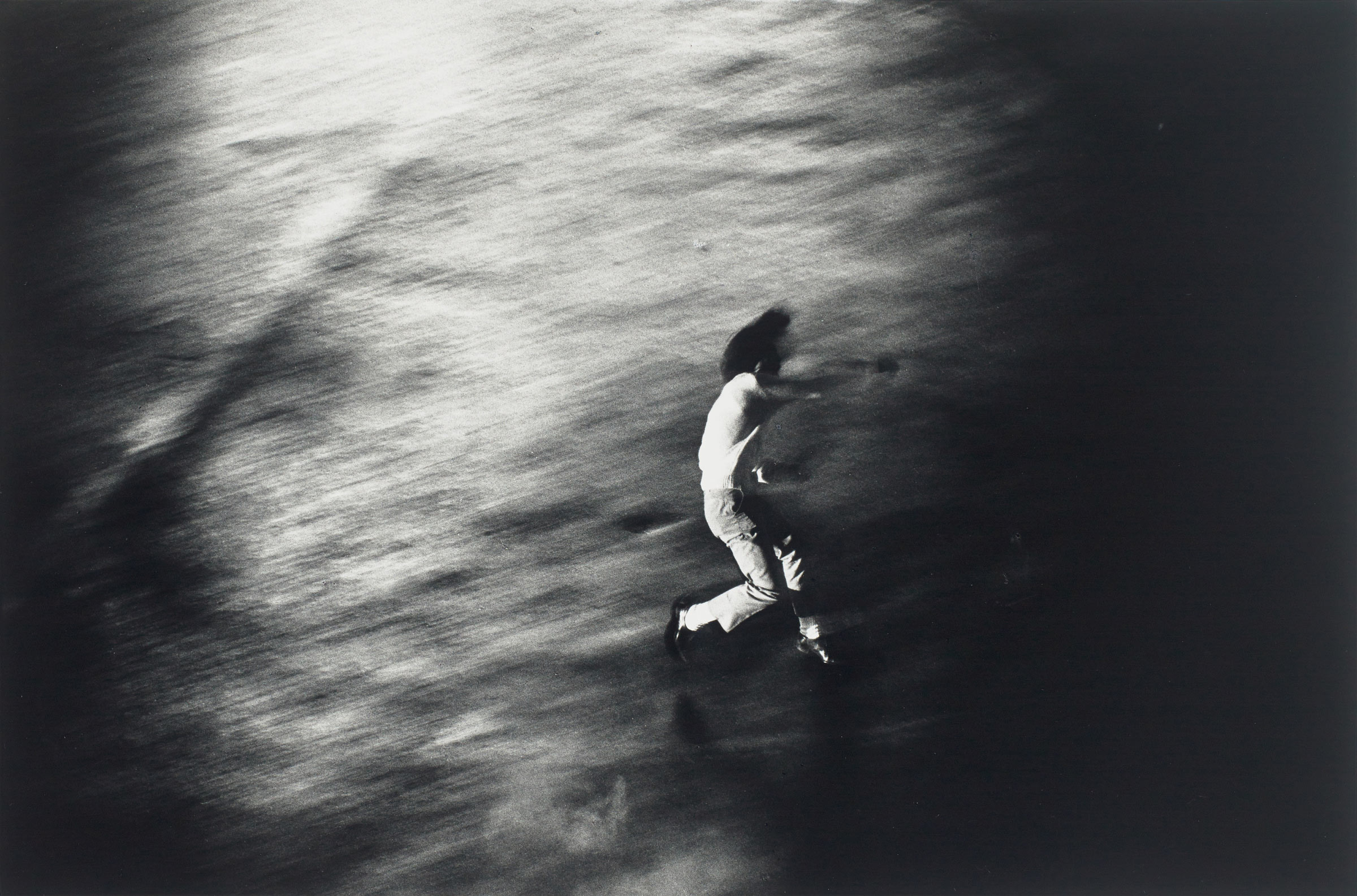






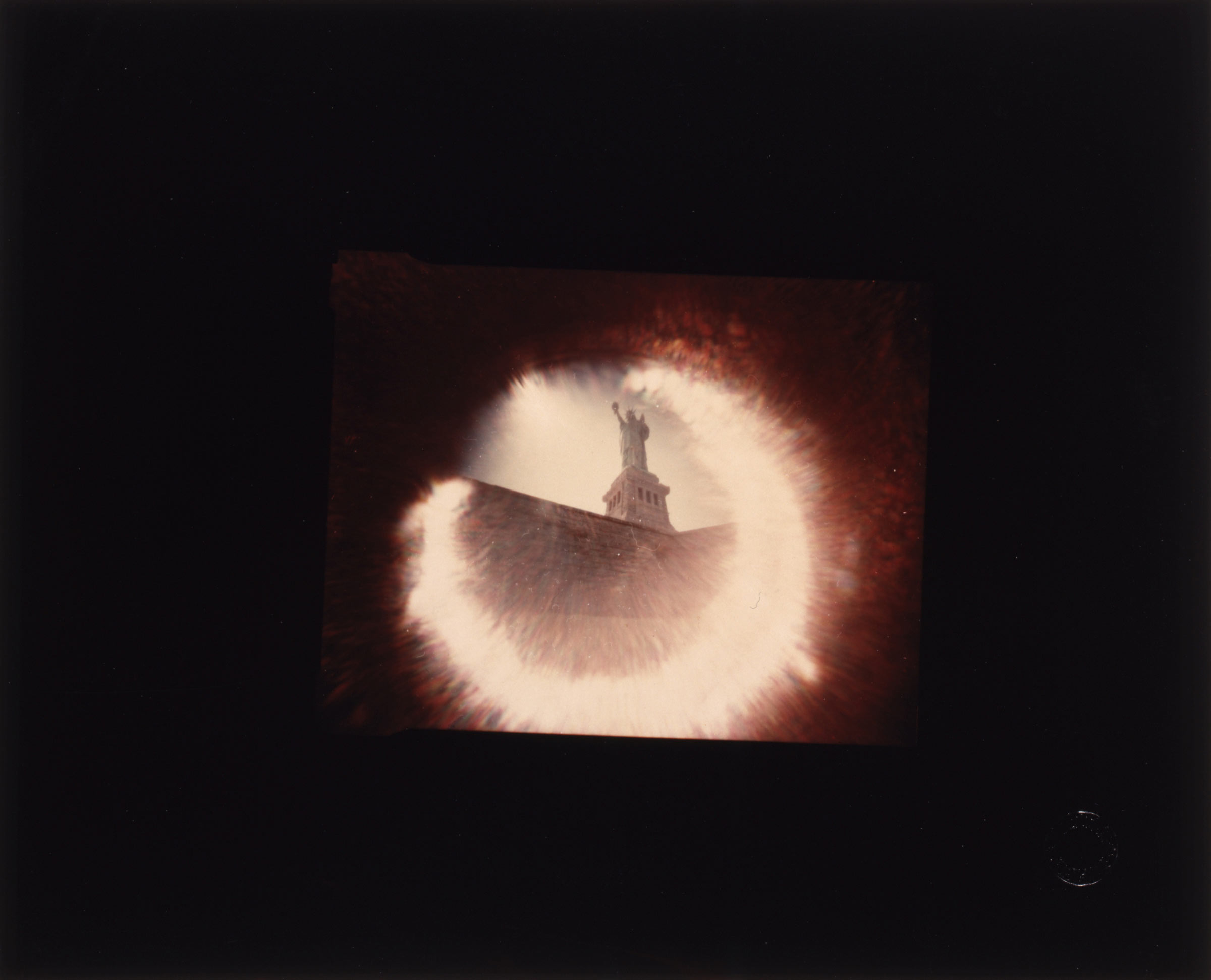
More Must-Reads from TIME
- Donald Trump Is TIME's 2024 Person of the Year
- Why We Chose Trump as Person of the Year
- Is Intermittent Fasting Good or Bad for You?
- The 100 Must-Read Books of 2024
- The 20 Best Christmas TV Episodes
- Column: If Optimism Feels Ridiculous Now, Try Hope
- The Future of Climate Action Is Trade Policy
- Merle Bombardieri Is Helping People Make the Baby Decision
Contact us at letters@time.com